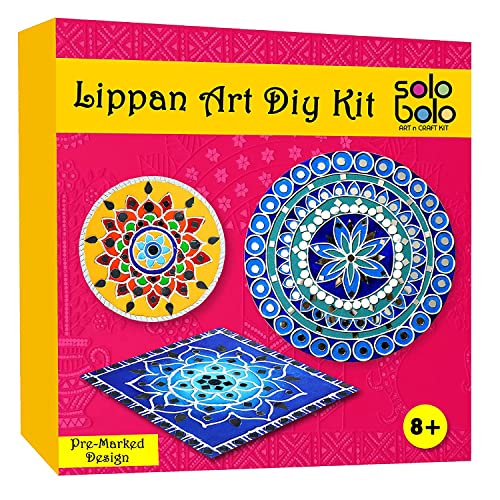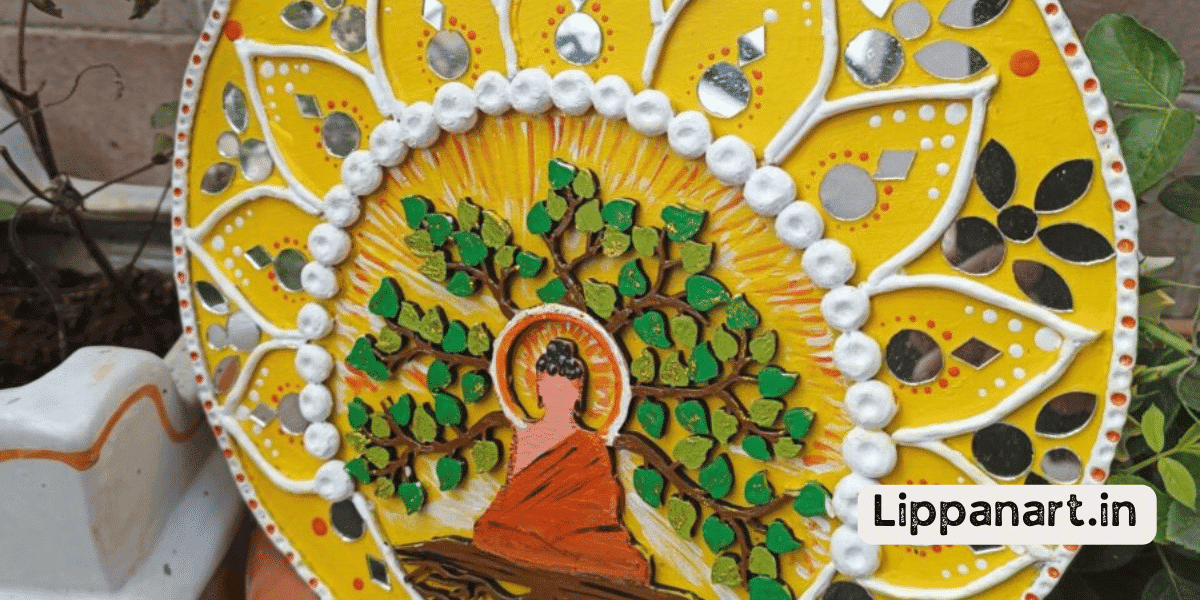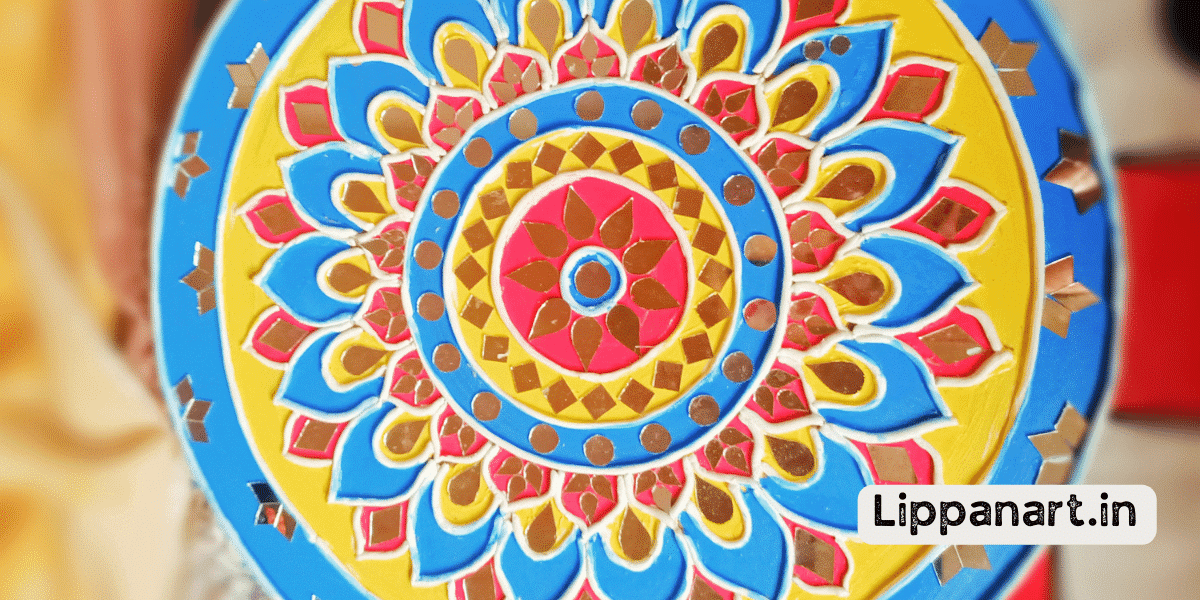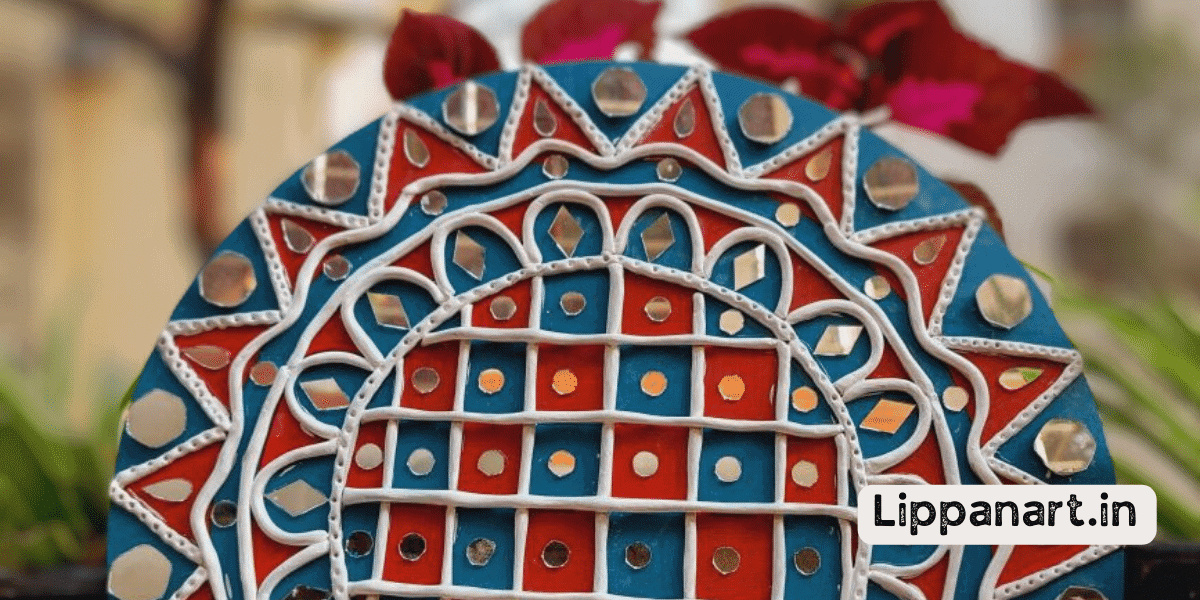Take a journey into the past with the rich history of Ife Art!
From the ancient Yoruba wood carvings to the modern reinterpretations of Ife Art, this incredible art form has shaped the culture of the Yoruba people.
Step into a world of innovation and creativity as you explore the chronology of Ife art, its artistic legacy, and its significance in a global context.
Discover how this ancient art form has influenced and inspired the world and unlock the secrets of its past.
Key Takeaways
- Ife is an important urban centre in southwestern Nigeria that originated as a cluster of thirteen hamlets in the 6th century.
- Ife holds religious significance in Yoruba worldview as the place of origin of all humankind and the seat of Yoruba sacred kingship.
- Ife became a flourishing artistic centre from the 12th to the 15th century, challenging European assumptions about African art.
- Ife’s artistic legacy includes famous bronzes, terracottas, and stone sculptures that showcase the skill and creativity of its artists.
Prehistoric Art of Ife
You’ll find the prehistoric art of Ife to be quite impressive, with its famous bronzes, terracottas, and stone sculptures. Located in southwestern Nigeria, Ife has a rich history that dates back to the 6th century, when it was a cluster of thirteen hamlets.
It was during the 12th to 15th centuries that Ife became a flourishing artistic centre. The discovery of its naturalistic art challenged European assumptions about African art and initiated debates about the antiquity of African art. This innovative art showcases the skill and creativity of Ife’s artists, and its legacy continues to this day.
Ife is also an important spiritual centre for the Yoruba people, with its deities Odudua and Obatala said to have been instructed by the creator Olodumare to create the world in Ife. The one (king) of Ife also determines the legitimacy of other Yoruba kings.
Ife’s art, culture, and history continue to fascinate and inspire today and are a testament to its impressive cultural legacy.
Ancient Yoruba Wood Carvings
Experience the beauty of ancient Yoruba wood carvings firsthand! Ife, located in West Africa, was a major urban centre in the 6th century. The city is known for its art from the 12th to 14th centuries, showcasing its ancient citizens’ creativity.
Ancient Yoruba wood carvings are often expressive figures of heads, animals, or abstract designs. These carvings were made from mahogany, teak, and other woods and were originally used as decorations in homes and palaces. Today, they’re treasured for their cultural and historical significance. These carvings embody African artistry and creativity and are a reminder of the artistic accomplishments of the Yoruba people.
Ancient wood carvings are a testament to the artistry of the West African people during the 12th century. They’re a unique expression of Yoruba culture and are a beautiful representation of Africa’s rich history. Explore these stunning pieces of history and discover how Yoruba art continues to inspire the world.
Rise of Ife Bronzes
The Rise of Ife Bronzes is a testament to the incredible artistry of the West African people during the 12th century. Cambridge University Press documents the stunning production of bronze, terracotta heads, and stone sculptures in Ife during this time. The artistic output of Ife was so influential that it has caused debates about the antiquity of African art. These pieces were crafted using iron, a material produced by the Yoruba in sacred groves. The most famous of these pieces is the iconic IFE Head.
These artworks showcase the skill and creativity of the people of Ife. The combination of bronze, terracotta, and stone sculpture helped to create a distinct visual language and culture. This legacy of art includes:
- Ornate bronze figures.
- Elaborate terracotta heads.
- Intricate stone sculptures.
- Unique iron objects.
- The iconic IFE Head.
Innovative and skilful, the bronze art of Ife wasn’t only visually stunning but also an integral part of Yoruba culture and tradition. A testament to the incredible artistry of the West African people, the Rise of Ife Bronzes is a reminder of their skill and innovation.
- Editor’s Choice
- Best Seller
- Amazon Choice
New Directions in Ife Art
Discover a unique visual language and culture in Ife’s creative and innovative art. During the 12th to 15th centuries, Ife experienced a flourishing artistic and cultural development period. Embodying the spirit of innovation, Ife artisans created new forms and styles, including sculpture, terracotta, and metalwork. Due to the introduction of the iron smelting process from the Oyo Empire, Ife artisans had access to new materials, allowing them to produce impressive works of art. Obafemi Awolowo University in Yoruba City is a testament to the enduring legacy of Ife art and culture.
| Ita Yemoo | Obafemi Awolowo University |
| Iron Smelting Process | Yoruba City |
| Oyo Empire | Creative Innovation |
Reinterpretations of Ife Art
You can explore stunning reinterpretations of Ife art and its cultural legacy through modern works.
In the 20th century, the power of Ife art and its influence on the world was further explored. British Nigeria was interested in Ife history and art as part of the colonial project. As a result, Ife art was further reinterpreted and reimagined for a global audience.
- Reinterpretations that focus on Ife art as a source of spiritual guidance.
- Reinterpretations that explore the symbolism of Ife art in a contemporary context.
- Reinterpretations that seek to understand the influence of Ife art on the wider world.
- Reinterpretations that focus on the political power of Ife art.
- Reinterpretations that look at the craftsmanship of Ife art.
These reinterpretations of Ife art help us understand its relevance today and how it can help us innovate. Through these reinterpretations, we can better appreciate the power of Ife art and its ability to shape our culture and history if art is a source of inspiration and a reminder of the potential of creative expression.
Ife Art in the Global Context
You may have heard about Ife art, but did you know it is revered globally? Ife art is a collection of sculptures, bronzes, and terracotta clay pieces found in the city of Ife, Nigeria, and is believed to have originated from the 12th to the 15th centuries. It has been celebrated in museums and galleries worldwide and is a source of pride among many Africans.
The art of Ife is known for its naturalistic human figures, and grove of Olokun heads found near the palace of the Oni of Ife. These pieces are seen as representations of the Yoruba people and have been reinterpreted in various ways by different cultures. This has created a fascinating global dialogue about African art and its place in the art world.
If art is more than just a celebration of African heritage, it is a symbol of innovation and creativity. Below is a table which shows some of the most notable Ife art pieces and their significance in the global context:
| Art Piece | Significance |
|---|---|
| Ife Royal Head | It symbolizes Yoruba kingship and is believed to represent Odudua, the first divine king of the Yoruba. |
| Olokun Grove | A collection of sculptures of the Yoruba river goddess, Olokun. |
| Human Figures | Representations of the Yoruba people have been reinterpreted and celebrated in various cultures. |
| Museums | Places where Ife art can be seen and appreciated by people from all over the world. |
Ife art is an example of the innovation and creativity that exists in the African continent. It has been celebrated in galleries and museums worldwide and is a source of pride for many people. With its unique sculptures, bronzes, and terracotta clay pieces, Ife art is a testament to the beauty and ingenuity of African art.
The Future of Ife Art
Explore the future of Ife art as it continues to capture the attention of art enthusiasts worldwide. This art form, with its intricate designs and exquisite terracotta heads, is a reminder of the political power of the Ife people and the legacy of their artistic achievements.
The future of Ife art looks bright as it continues to be studied and appreciated by scholars and art lovers alike. Here are some of the ways that Ife art will continue to grow and evolve:
- The University of California Press plans to release a book on Ife art’s rich history and legacy in 2020, drawing attention to its significance.
- The Iwinrin Grove, an art installation in Nigeria, will feature the lost-wax process used to make Ife sculptures.
- Scholars and art curators will continue exploring the traditional materials and techniques Ife artists use.
- New technologies will be used to preserve and restore Ife artefacts.
- Art exhibitions and festivals will be held to celebrate the art of Ife.
The future of Ife art is bright and will continue to captivate audiences worldwide.
Conclusion
The history of Ife art is one of rich culture and creative exploration. Like an ever-evolving tapestry, the art of Ife has grown and changed over time, taking on new forms and interpretations that make it relevant in the modern world.
From ancient wood carvings to contemporary reinterpretations, Ife art has been woven into the fabric of Yoruba culture, creating a vibrant and unique artistic legacy.
Like a colourful quilt, it’s a reminder of the beauty and resilience of Yoruba tradition.














